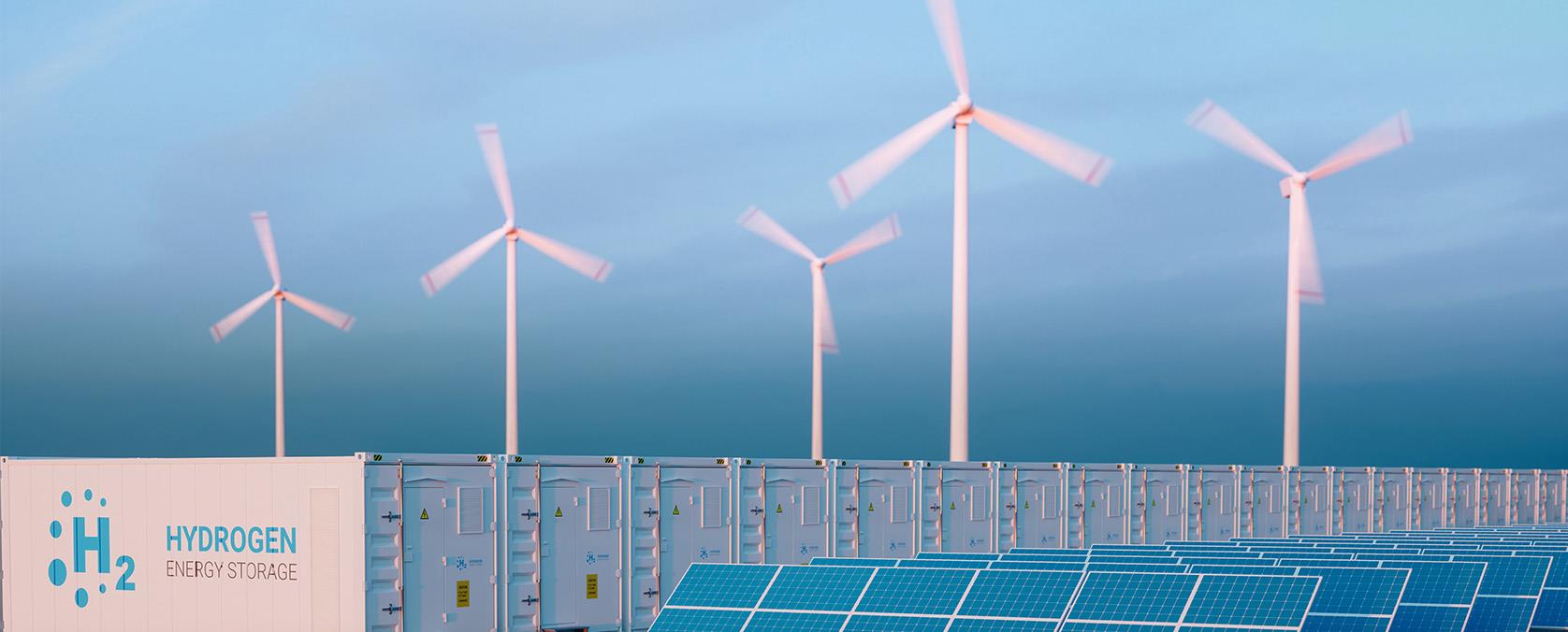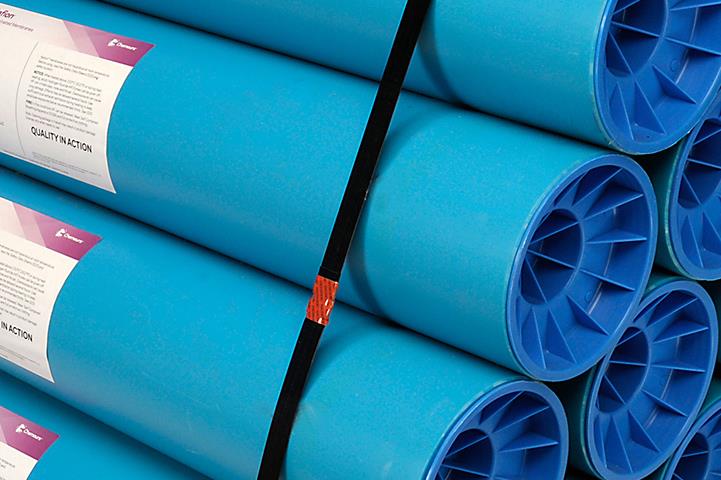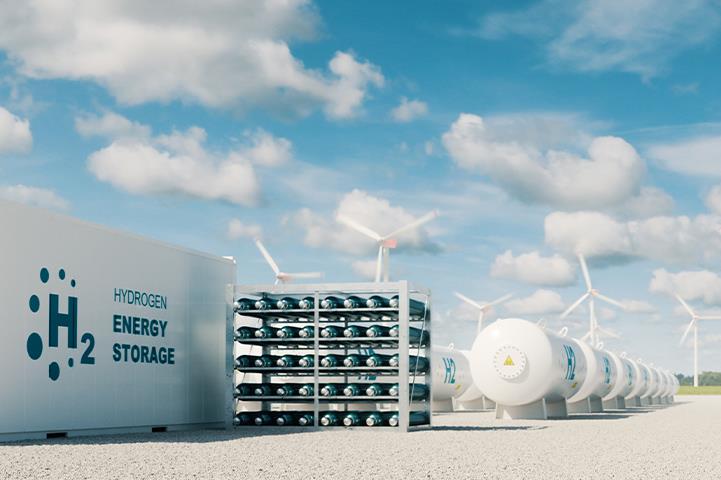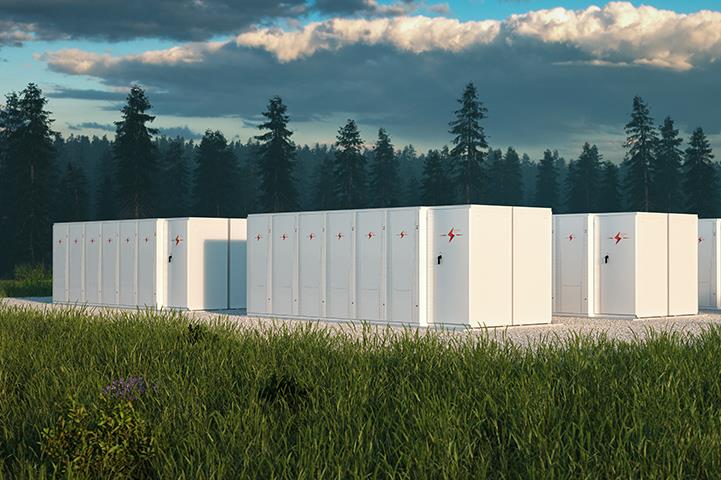Meeting Modern Demands for Water Electrolyzers
Renewable energy and hydrogen-powered electric vehicles have helped to increase demand for hydrogen fuel sources. However, traditional methods of hydrogen production — steam or oil reforming and coal gasification — emit enormous amounts of greenhouse gas.
Increasingly stringent regulations are driving the market to employ cleaner production methods, such as water electrolysis, which offers a more environmentally-friendly alternative. Unlike many hydrogen production methods, water electrolysis doesn't produce pollution or greenhouse gases as byproducts generated through the conversion process. The development of commercially and economically viable systems does, however, require membranes with special properties.

Energy Storage for Renewable Sources
Two types of commercial systems — alkaline and proton exchange membrane (PEM) water electrolyzers — are currently commercially available. PEM water electrolyzers offer advantages that make them well-suited for the demands of 21st century hydrogen production.
Chemours researchers continue to develop Nafion™ membranes made from an ion exchange polymer that provides good chemical and thermal stability.
Download this white paper to learn more about the benefits of using Nafion™ PEM, which offer increased strength, durability, and stability over their lifetime to meet the demands of hydrogen production via water electrolysis.


